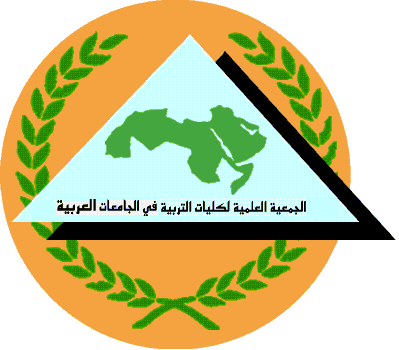Association of Arab Universities Journal for Education and Psychology

Abstract
The research aims to prepare an arabized version of the scale for assessing the characteristics of physical environments for children in its fifth edition, the children`s physical environments rating scale (cpers5), prepared by moore, shogiyama, and o`donnell (m00re, sug iyama&o`donnell, 2012). The scale was built with the aim of providing a tool for estimating the characteristics of early childhood care center environments that include ages from birth to 6 years of age, on a scientific, accurate, and comprehensive basis, and to cover the shortco mings of previous standards in the field of assessing the quality of early childhood environments. It includes (124) items distributed over (14) subscales that make up the four main parts of the scale, which are: design, the building and its parts, indoor activity spaces, and outdoor spaces The psychometric study of the scale in local environment has revealed: an accepted degrees of reliability by test-retest method, Cronbach- alfa, and enter raters' reliability. the results indicated high internal consistency, and discriminative validity for the (14) scales have a significant value. The sample consists of (129) centers, and have been categorized into four levels of environmental quality which was: (0-1) poor. (1.1-2) fair. (2.1-3) good. (3.1-4) excellent. And the ratios for each one were orderly: (12.403), (48.06), (38,75), (0,775) there was a significant difference at level of (0.01) for all the (14) subscales except for scale (1) center size and modules which hasn`t any significant differences for the three levels of quality.There weren`t a significant difference between poor centers level and fair quality level at subscales of (8) home bases, (11) messy activity areas, (12) play yards (functional needs), (13) play yards (developmental needs) and (14) location and site.
Recommended Citation
Douba, Zain
(2023)
"Assessment Of the Early Childhood Physical Environments Centers According To (CPERS5) Scale. تقدير خصائص البيئات الفيزيقية لمراكز رعاية الطفولة المبكرة باستخدام مقياس (CPERS5),"
Association of Arab Universities Journal for Education and Psychology: Vol. 21:
Iss.
3, Article 5.
Available at:
https://digitalcommons.aaru.edu.jo/aaru_jep/vol21/iss3/5

